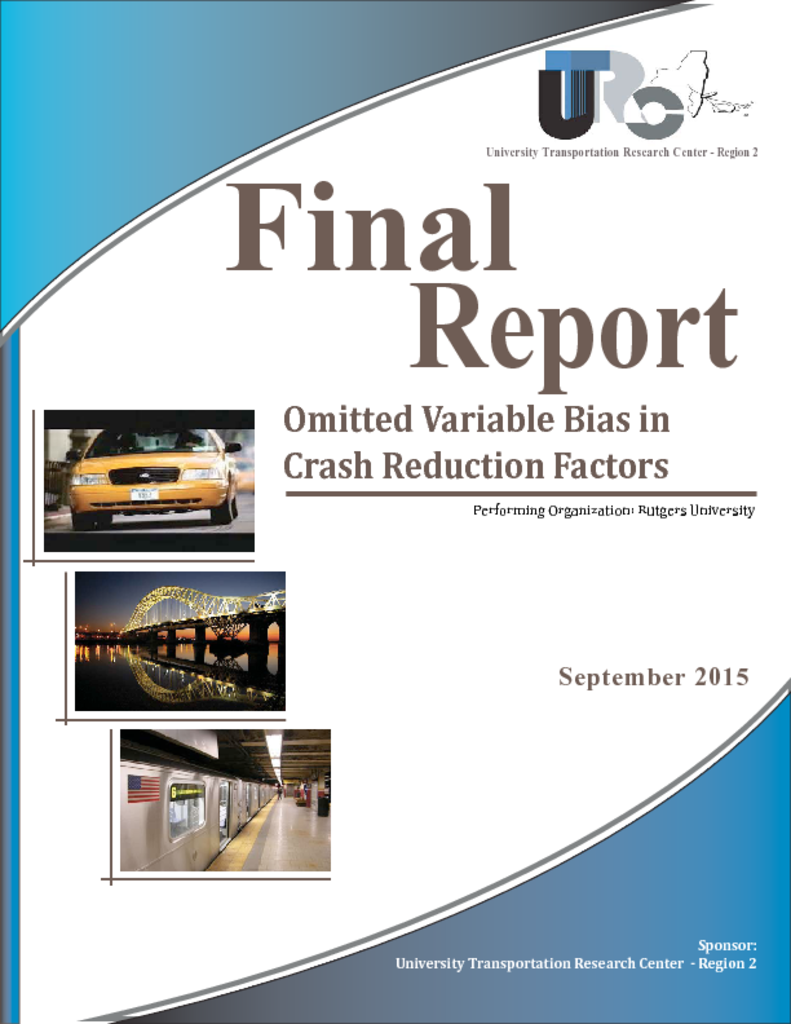Transportation planners and traffic engineers are increasingly turning to crash reduction factors to evaluate changes in road geometric and design features in order to reduce crashes. Crash reduction factors are typically estimated based on segmenting a highway and associating crashes with geometric features; this allows statistical methods to be applied to the data. Concurrently there is a stream of research that relies on spatial units of analysis to examine crashes; these typically use broad features of the road network combined with socio-economic and demographic factors that are associated with crashes. In this paper, we examine whether omission of these spatial factors in a link-based geometric model results in omitted variable bias. Our results suggest that there is no change in coefficient signs, but that there is a reduction in the magnitude of estimates.


